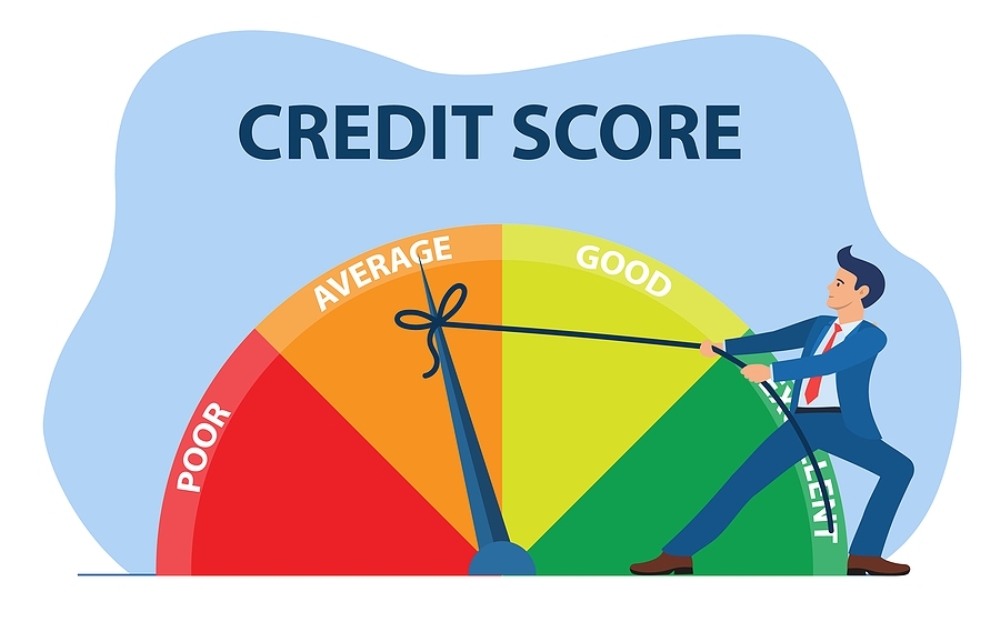Credit rating agencies have become the invisible architects of global finance, wielding enormous influence over investment flows, borrowing costs, and economic stability across nations. These specialized firms serve as crucial gatekeepers in international capital markets, providing independent assessments that help investors navigate the complex of credit risk. Their evaluations directly impact everything from corporate bond yields to sovereign debt pricing, making them indispensable players in the modern financial ecosystem.
The significance of credit rating agencies extends far beyond simple risk assessment. They facilitate the smooth functioning of global capital markets by transforming complex financial data into easily understood ratings, enabling the efficient allocation of capital worldwide. As financial markets become increasingly interconnected and banks face stricter regulatory requirements, the role of these agencies continues to expand, making their influence more pronounced than ever before.
What Are Credit Rating Agencies and How Do They Work
Credit rating agencies are financial service firms that assess the credit risk of financial transactions by assigning standardized ratings to securities, issuers, and borrowers. These organizations evaluate the ability and willingness of entities to meet their financial obligations in full and on time, providing long-term views of creditworthiness based on fundamental analysis.

The rating process involves a comprehensive evaluation of multiple factors, including financial health, economic trends, and default risks. Agencies use comparable scales ranging from AAA (very low credit risk) to D (default), with investment-grade ratings typically falling between AAA and BBB. This standardized approach allows investors worldwide to quickly assess and compare credit risks across different markets and instruments.
The Big Three: Market Concentration and Global Influence
The global credit rating industry is highly concentrated, dominated by three major agencies: Moody’s, Standard & Poor’s, and Fitch. This concentration has created significant market power, with these agencies collectively rating over 1 million securities with a face value exceeding $60 trillion.
Research indicates that market power directly influences rating behavior, with agencies showing different tendencies based on their market share. When agencies have lower market power, they tend to provide more generous ratings to attract new clients and increase market share, while dominant players may adopt more stringent approaches.
Essential Functions in Global Capital Markets
Risk Assessment and Information Intermediation
Credit rating agencies serve as vital information intermediaries, reducing transaction costs between borrowers and lenders while increasing market efficiency. They provide quality, dependable information that would be difficult and expensive for individual investors to obtain independently. This function is particularly crucial for large institutional investors who need to diversify portfolios across numerous securities.
Market Access and Liquidity Enhancement
Ratings facilitate market access for less well-known issuers by making credit analysis widely available on a comparable basis. They help foster the development of global capital markets, allowing businesses to grow, governments to fund infrastructure projects, and manufacturers to build facilities that create jobs. The International Monetary Fund recognizes that ratings allow borrowers to access global and domestic markets and attract investment funds, thereby adding liquidity to markets that would otherwise be illiquid.

Regulatory Framework Support
Credit ratings play crucial roles in regulatory frameworks worldwide, with many financial regulations referencing specific rating thresholds for investment eligibility. This regulatory reliance has further cemented the importance of rating agencies in global finance, making their assessments integral to compliance and risk management processes.
Challenges and Criticisms in the Modern Era
Despite their importance, credit rating agencies face significant criticism regarding their performance and influence. The 2008 financial crisis highlighted major flaws when hundreds of billions of securities with the highest ratings were downgraded to junk status. Agencies were also criticized for their role in various financial crises, including those in Mexico, Asia, and Russia during the 1990s.
The problem of rating volatility during crises presents another challenge. Rapid downgrades can exacerbate capital outflows and worsen economic conditions, as seen during the Asian financial crisis. Additionally, concerns about ideological bias in rating methodologies have emerged, with some critics arguing that agencies favor certain economic approaches over others.
Future Outlook
The credit rating continues evolving with emerging regional players challenging the dominance of traditional Western agencies. Organizations like Dagong Global Credit Rating from China and CRISIL from India are gaining prominence, offering alternative perspectives on credit risk assessment.
As global corporate borrowings are projected to require financing of up to $53 trillion over the next five years, including $35 trillion in refinancing needs, the demand for credit research and ratings will remain strong. This growth, combined with increasing regulatory requirements and market complexity, ensures that credit rating agencies will continue playing pivotal roles in shaping global financial flows and economic development.
